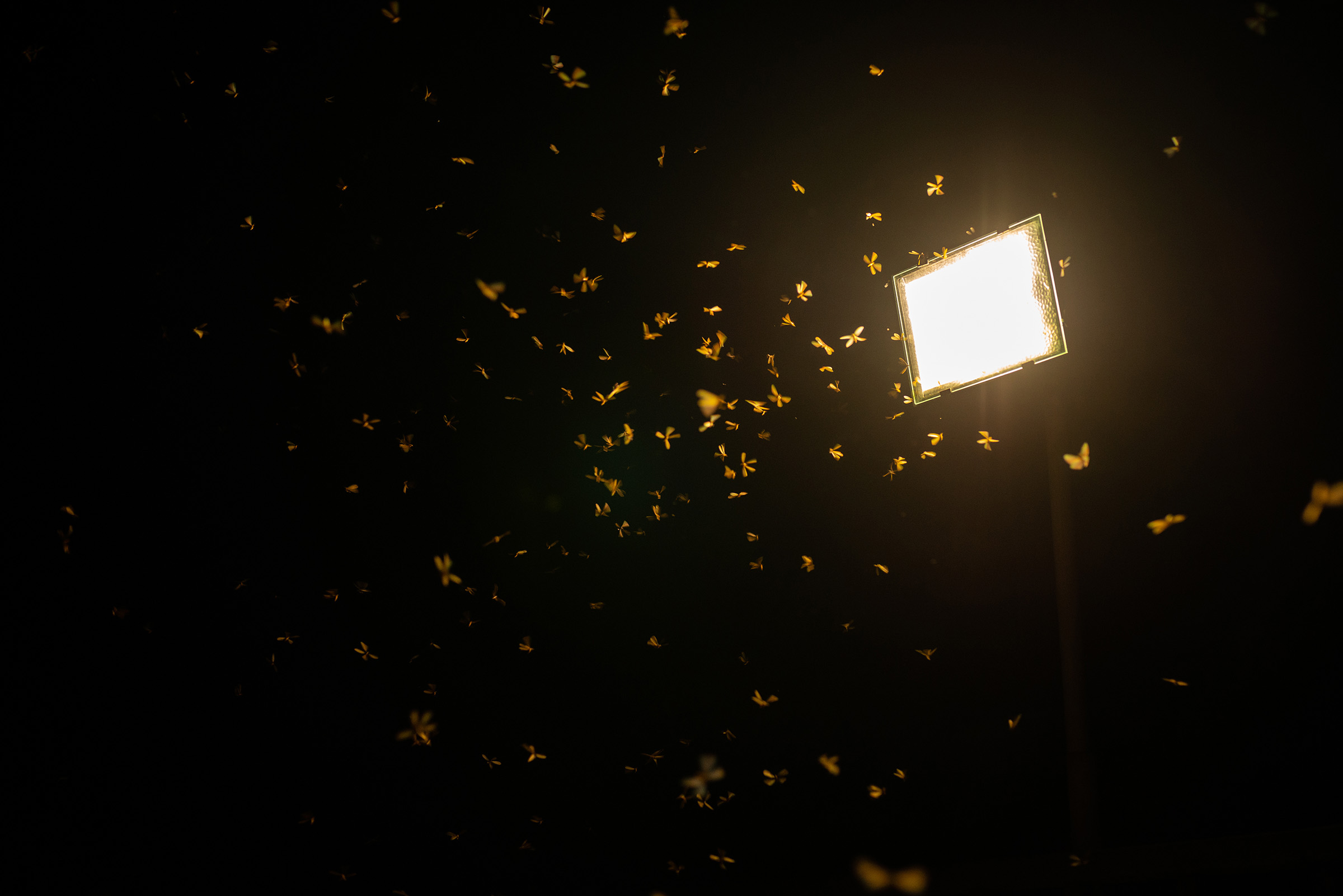Have you ever wondered why that moth that accidentally got into your house last night keeps buzzing around the ceiling light or why lighted mosquito traps work so well? While some have always said that the answer is because insects are somehow attracted to artificial lights. Now, though, new research says it doesn’t have anything to do with their attraction to light. Instead, it’s probably because they are being trapped by it.
Samuel Fabian, a researcher with Imperial College London and one of the authors of a new paper currently on the bioRxiv preprint server, says that the connection between insects and light is now believed to have something to do with their body’s control systems.
For starters, the researchers say they discovered three key things when studying insects’ attraction to light. First, if the insects flew above it, they would turn upside down and plummet as they tried to fly upside down. Secondly, after they pass under a light, they tend to start lopping around, climbing at a steep angle before they stall and eventually fall.
 Image source: Iker / Adobe
Image source: Iker / AdobeFinally, the researchers found that the insects fly at right angles to the light, circling them or “orbiting” the light instead of flying straight at it. While it might appear that the insects are flying directly at the light, it’s actually believed that the body’s control systems are being interfered with somehow, causing them to experience these effects.
The belief is that the insects are experiencing what is called the “dorsal light response” due to how they try to keep the light to their back anytime they approach it. This reflex is also seen in some fish and is essentially a way for animals to determine which way is up and keep their bodies upright. This experience often works without issue. However, at dusk and dawn, insects can experience problems with it.
The researchers believe that the way that insects rely on the dorsal light response can determine how they respond to light. So, the issue here isn’t why insects’ attraction to light drives them to it. Instead, the scientists believe the insects experience a loss of control when approaching the light. It’s an intriguing bit of research that could help explain some important things about the various types of insects found around the world.































